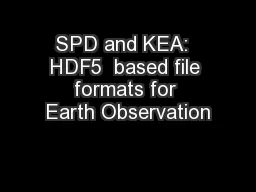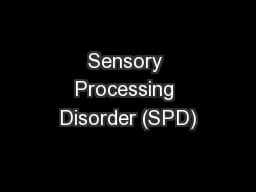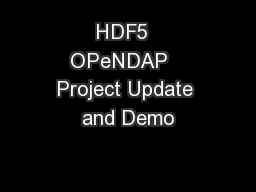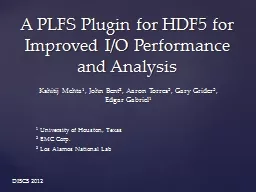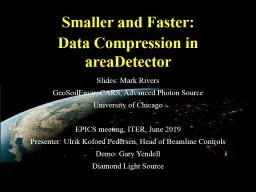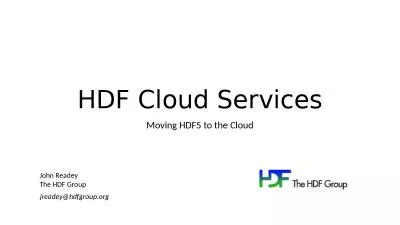PPT-SPD and KEA: HDF5 based file formats for Earth Observation
Author : tatiana-dople | Published Date : 2018-01-31
Pete Bunting 1 John Armston 2 Sam Gillingham 3 Neil Flood 4 1 Aberystwyth University UK pfbaberacuk 2 University of Maryland USA armston umdedu 3 Landcare
Presentation Embed Code
Download Presentation
Download Presentation The PPT/PDF document "SPD and KEA: HDF5 based file formats f..." is the property of its rightful owner. Permission is granted to download and print the materials on this website for personal, non-commercial use only, and to display it on your personal computer provided you do not modify the materials and that you retain all copyright notices contained in the materials. By downloading content from our website, you accept the terms of this agreement.
SPD and KEA: HDF5 based file formats for Earth Observation: Transcript
Download Rules Of Document
"SPD and KEA: HDF5 based file formats for Earth Observation"The content belongs to its owner. You may download and print it for personal use, without modification, and keep all copyright notices. By downloading, you agree to these terms.
Related Documents

